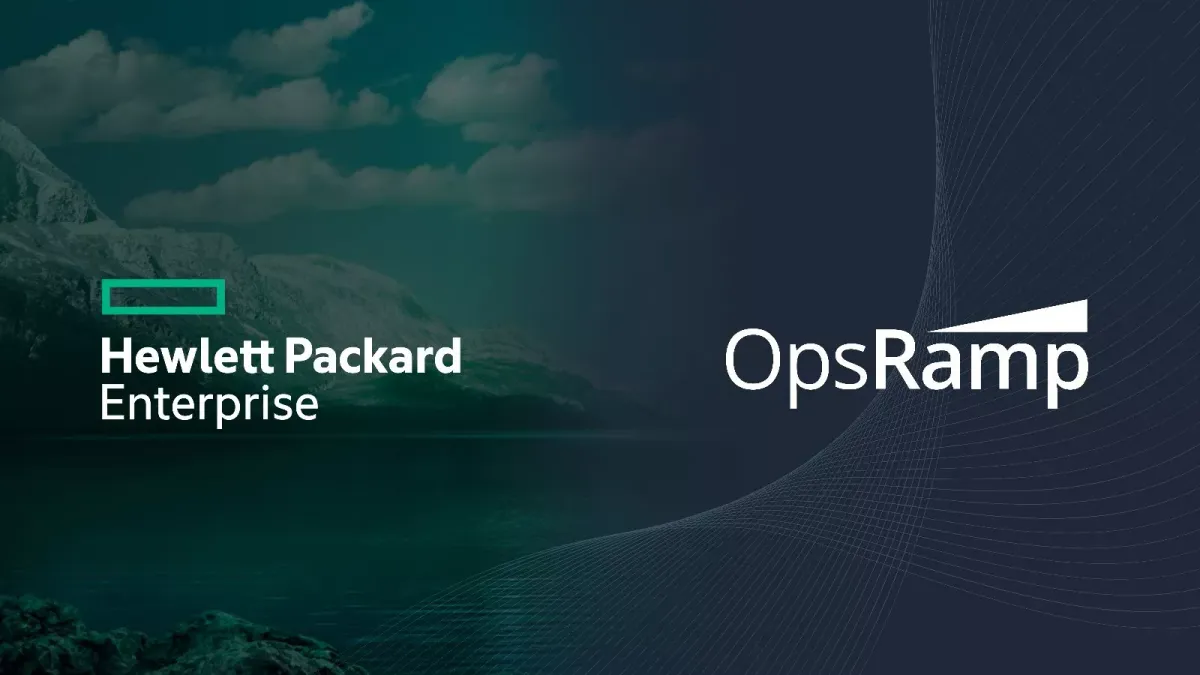HPE OpsRamp - Observe, Analyze, Act Nostalgic
If you ever woke up in 2008, stared at your Nagios config file, sighed, and whispered “there has to be a better way”, then went back to tweaking check_ping thresholds - you’re not alone.

And if, in 2025, you find yourself staring at HPE OpsRamp and feel an odd sense of déjà vu, that’s not your caffeine-deprived brain playing tricks. It is Nagios, reincarnated, rebranded, and rolled out in a slick SaaS wrapper and some marketing buzzwords sprinkled on top.
HPE OpsRamp is the latest entrant into the overcrowded, buzzword-laden space of IT operations management platforms. It claims to address the holy trinity of modern infrastructure woes: too much data, too many places, not enough humans. Its mantra is “Observe, Analyze, Act” - which roughly translates to “Collect everything, throw some analysis at it, and hope automation kicks in before the pager wakes someone up.” On paper, it’s got the right ingredients - Unified Observability, AI-Powered Analytics, and Intelligent Automation. In practice, it’s more like Nagios went on a cloud retreat and came back wearing Kubernetes socks and shouting about telemetry.
To its credit, OpsRamp is a SaaS platform, so you won’t be SSH-ing into a box to compile plugins like it’s still 2005. It can function without agents (though optional ones exist, written in Go for Windows and Linux), and uses gateways for data flow. It plays nicely with OpenTelemetry, and even dares to call itself a “Monitor of Monitors,” aggregating data from multiple systems, correlating events, and attempting to surface real issues. It integrates with the likes of Morpheus, and supports full-stack monitoring, promising insights from hardware to the application layer. In a world where monitoring is either too shallow or too fragmented, this is a decent pitch.
But let’s talk about the pricing, which feels like it was engineered by a particularly vengeful MBA. It’s subscription-based per resource, but not all resources are created equal. A single license might mean four licenses depending on how a “resource” is defined. Metrics are billed separately, so a simple ping check might consume two metrics, while a database could rack up sixty+. If your infrastructure grows and you exceed the thresholds? OpsRamp won’t drop your data, but it will politely notify you that it’s time to pay more. The calculator they provide might help, but expect to need a second calculator just to verify the first one.
Now, automation is supposedly a key selling point. OpsRamp will happily execute scripts, restart services, and auto-remediate common incidents. But the irony is that the platform itself doesn’t automate its configuration. Discovery and setup are still very much manual. And for anything more complex, HPE offers a simple solution - buy their professional services. Which, let’s face it, is just a modern way of saying, “Pay us to configure the thing you paid for.”
It’s hard not to feel like this is just Nagios with a cloud suit. Sure, it’s been updated to speak fluent REST and whisper sweet nothings via Slack integration, but the core model is hauntingly familiar. A central controller, a collection of plugins and scripts, an alerting engine, and a big reliance on user intervention. The difference? Now it comes with a dashboard that claims to use machine learning, and you get billed monthly.
To be fair, OpsRamp isn’t aiming at the startup running a fleet of containers on GKE. It’s aimed at the big messy enterprise with a mix of cloud, on-prem, and legacy systems held together by duct tape and tribal knowledge. In that world, something like OpsRamp might reduce chaos. Centralizing monitoring, correlating alerts, and giving operations teams one place to scream at 3 a.m. has real value. But calling it revolutionary feels like a stretch. This is evolutionary at best - and deeply reminiscent of past monitoring tools that already did 80% of what OpsRamp now does, albeit with less swagger and fewer microservices.
So yes, Nagios is back. He’s older, got a cloud-native vocabulary, and now charges by the metric. He still needs a lot of handholding to get started, and if you want him to behave properly, you'd better pay his new consultants. The dashboards are prettier, the words are fancier, but if you scratch the surface, it’s still you, a stack of alerts, and the sinking feeling that nothing has changed. Welcome to monitoring in 2025.
The article is a result of my trip to Cloud Filed Day 23 in California in June 2025. You can watch video from this event here:


